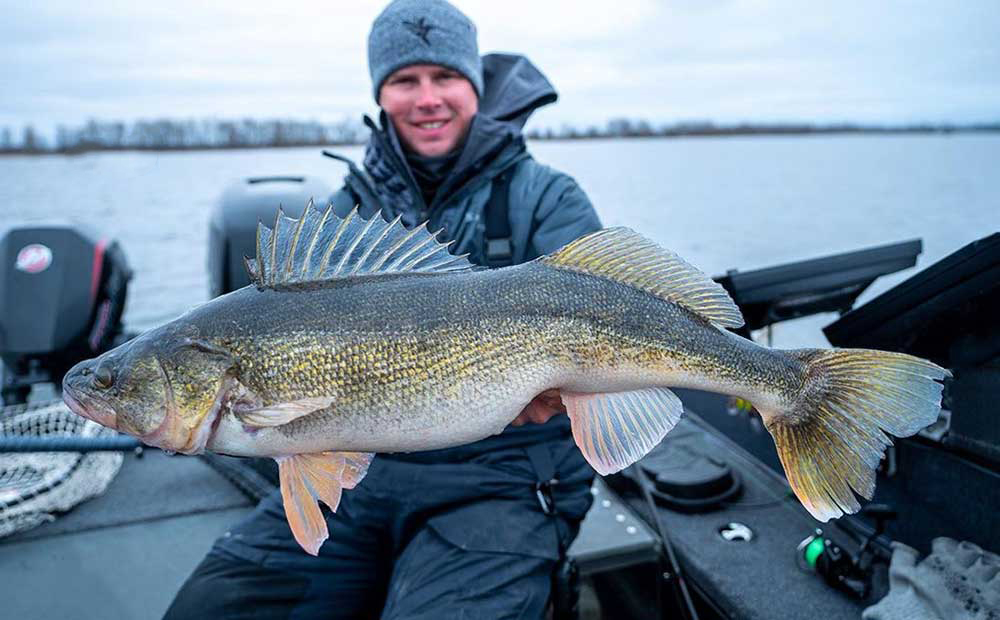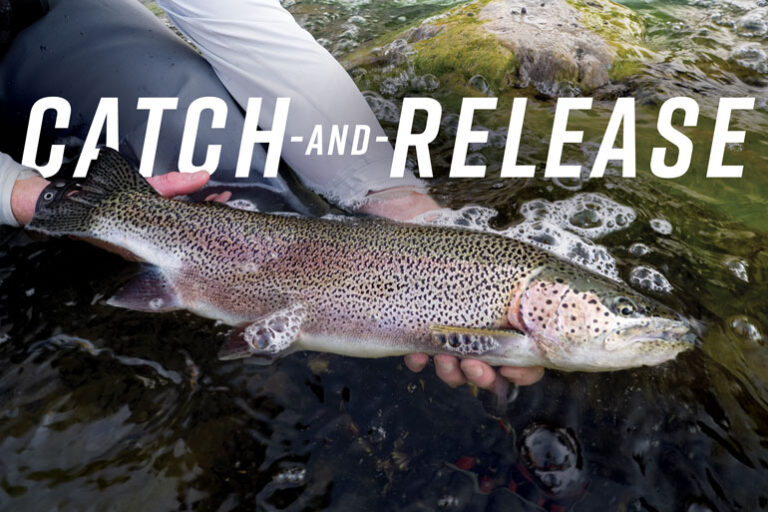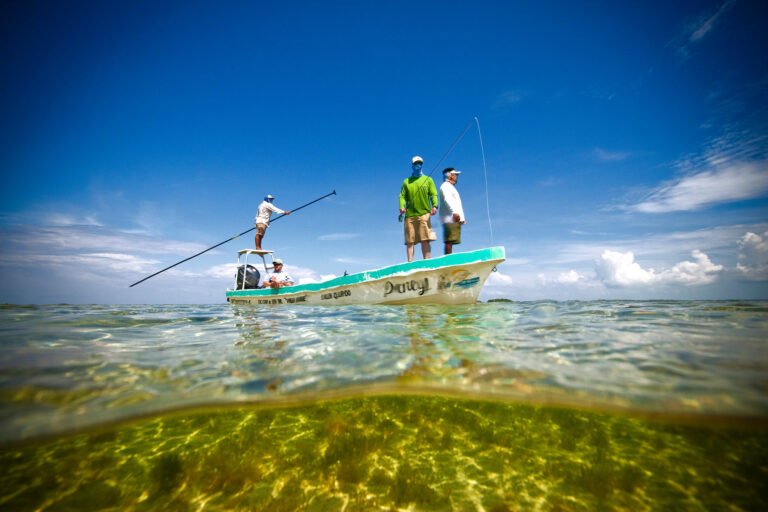To use a fish finder for flats fishing, adjust the sensitivity and depth range according to the water conditions, then interpret the display to locate fish. Flats fishing enthusiasts can maximize their success on the water by effectively utilizing a fish finder.
With proper adjustment of the sensitivity and depth range, tailored to the specific water conditions, anglers can gain valuable insights from the fish finder’s display. By interpreting the information displayed, such as the presence of structure, baitfish, or individual fish, anglers can pinpoint the location of fish and target them more effectively.
Whether it’s spotting redfish hiding in the grass or tracking schools of trout, the fish finder can be a valuable tool for flats fishing.

Credit: humminbird.johnsonoutdoors.com
Understanding Fish Finders
Fish finders are essential tools for anglers looking to improve their success in flats fishing. These devices use sonar technology to locate and display underwater objects, such as fish, vegetation, and structures. By understanding how fish finders work and the different types available, you can make an informed decision on which one to choose for your flats fishing adventures.
Let’s dive deeper into the world of fish finders:
What Is A Fish Finder?
A fish finder is a device used by anglers to locate fish in bodies of water. It uses sonar technology to send sound waves into the water and then detects the returning echoes to provide a visual representation of what lies beneath the surface.
Here are the key points to understand about fish finders:
- Fish finders use sonar technology to create detailed images of underwater objects, including fish.
- They consist of a display unit, transducer, and sometimes a gps unit.
- The transducer emits sound waves and receives the echoes, which are then translated into a fish-shaped image on the display.
How Does A Fish Finder Work?
To understand how a fish finder works, consider the following explanation:
- The fish finder’s transducer sends out sound waves into the water.
- These sound waves travel through the water until they encounter an object, such as a fish.
- When the sound waves hit an object, they bounce back to the transducer as echoes.
- The transducer receives these echoes and sends the information to the display unit.
- The display unit interprets the echoes and presents them as a visual representation of what is under the water’s surface.
Different Types Of Fish Finders
When it comes to fish finders, there are several types available, each with its own features and capabilities. Here are the main types of fish finders you can choose from:
- Standalone fish finders: These are basic fish finders that display sonar and depth information. They are great for anglers on a budget or those who already have a gps unit.
- Combination fish finders: These devices not only provide fish finding capabilities but also include a built-in gps unit for navigation. They offer convenience and versatility.
- Networked fish finders: Networked fish finders allow you to connect multiple units together, sharing data and providing a comprehensive view of your surroundings. They are ideal for advanced anglers and professionals.
- Portable fish finders: As the name suggests, portable fish finders are compact and easy to carry. They are perfect for anglers who fish from different locations or small watercraft.
Understanding fish finders is crucial for maximizing your flats fishing experience. By knowing what fish finders are, how they work, and the different types available, you can make an informed choice and join the ranks of successful flats anglers. So, gear up with a fish finder and get ready for an exciting fishing adventure!
Choosing The Right Fish Finder For Flats Fishing
When it comes to flats fishing, having the right fish finder can make all the difference. These versatile devices are designed to help you locate fish and underwater structures, giving you a clear advantage on the water. However, with so many options available, it can be overwhelming to choose the right one for your flats fishing needs.
Here are some key considerations and features to look for when selecting a fish finder:
Considerations For Flats Fishing:
- Transducer type: For flats fishing, it’s essential to choose a fish finder with a high-frequency transducer. High-frequency transducers provide detailed images and are ideal for shallow water applications, making them perfect for flats fishing.
- Sonar technology: Look for fish finders that feature advanced sonar technologies such as chirp or downscan imaging. These technologies offer superior target separation, improved fish arches, and clear imaging of underwater structures, giving you a better understanding of the underwater environment.
- Screen size and resolution: Opt for a fish finder with a larger screen size and high resolution. A bigger screen makes it easier to read and interpret the information displayed, while higher resolution ensures crisp and clear images, enabling you to spot fish and structures with ease.
- Gps and mapping: Having a fish finder with built-in gps and mapping capabilities is beneficial for flats fishing. Gps allows you to mark waypoints and navigate back to productive spots, while mapping features provide detailed charts of the area, including depth contours, vegetation, and other important information.
Key Features To Look For:
- Side scanning: Side scanning technology allows you to scan the area on both sides of your boat, providing a broader view of the underwater landscape. This feature is particularly useful for flats fishing as it helps locate fish and structures that are not directly under your boat.
- Real-time mapping: Some fish finders offer real-time mapping functionality, allowing you to create detailed maps of uncharted areas as you navigate. This feature is valuable for flats fishing as it enables you to identify new fishing spots and mark productive areas for future trips.
- Wireless connectivity: Look for fish finders that offer wireless connectivity options. This feature allows you to connect your fish finder to your smartphone or tablet, giving you the ability to view and control the device remotely. It also enables you to share data and fishing information with other anglers.
Recommended Fish Finders For Flats Fishing:
- Lowrance hook reveal 7x tripleshot: This fish finder combines excellent sonar technologies, including chirp, downscan imaging, and sidescan, providing clear images and detailed views of the underwater world.
- Garmin striker 7sv: With its high-frequency sonar capabilities and built-in gps, the garmin striker 7sv is a reliable choice for flats fishing. Its clearvü scanning sonar offers excellent target separation and detailed imaging of fish and structures.
- Humminbird helix 5 chirp gps g2: Equipped with chirp sonar and a built-in gps, the humminbird helix 5 chirp gps g2 is a versatile fish finder suitable for flats fishing. Its compact size and user-friendly interface make it a popular choice among anglers.
When selecting a fish finder for flats fishing, keep in mind the specific needs of this style of fishing. Consider the transducer type, sonar technology, screen size, gps and mapping capabilities, as well as additional features like side scanning and wireless connectivity.
By choosing the right fish finder, you’ll enhance your flats fishing experience and increase your chances of success on the water.
Tips For Using A Fish Finder For Flats Fishing
Transducer Placement For Optimal Performance
When using a fish finder for flats fishing, the placement of the transducer is crucial for optimal performance. Here are some key tips to keep in mind:
- Mount the transducer at the stern of your boat, as close to the centerline as possible. This will help minimize turbulence and ensure accurate readings.
- Make sure the transducer is positioned so that it is fully submerged in the water. Avoid mounting it in a location where it may be partially out of the water, as this can result in misleading readings.
- Consider using a transducer mounting arm or bracket to maintain the correct depth and angle. This will help prevent the transducer from getting clogged or damaged by debris.
Adjusting Settings For Shallow Water
When fishing in shallow water on the flats, it’s important to adjust your fish finder settings to get the most accurate readings. Here are some tips:
- Lower the frequency setting of your fish finder. Higher frequencies are better for deeper water, but in shallow water, it can result in clutter and interference.
- Increase the sensitivity setting to detect smaller fish and objects that may be hiding in the shallows.
- Adjust the depth range to focus on the specific depth you are fishing. This will help you avoid unnecessary information and concentrate on the most relevant readings.
Interpreting Fish Finder Readings On Flats
Understanding how to interpret fish finder readings on flats can greatly improve your fishing success. Here are some key points to consider:
- Look for areas of structure, such as drop-offs, channels, or grass beds. These are usually marked by changes in depth or underwater vegetation and are likely to attract fish.
- Pay attention to the presence of baitfish. If you see a large concentration of baitfish, it’s a good indicator that predatory fish may be nearby.
- Take note of the bottom composition. Different types of bottoms, such as sand, mud, or rock, can attract different species of fish.
- Keep an eye out for any fish arches or sonar returns that indicate the presence of fish. These can vary in size and shape, so it’s important to familiarize yourself with the typical appearances of different types of fish on your fish finder.
Using Gps And Mapping Features
In addition to traditional fish-finding capabilities, many fish finders now come equipped with gps and mapping features that can be valuable tools for flats fishing. Here’s how to make the most of these features:
- Use the gps function to mark waypoints for specific spots on the flats that you want to revisit later. This can be especially useful for marking productive fishing areas or areas with structure.
- Take advantage of the mapping feature to get a visual representation of the flats and their contours. This can help you identify potential fishing spots and navigate the area with confidence.
- Consider using mapping software or apps that allow you to import or download detailed maps for your fishing location. This can provide even more accurate and up-to-date information about the flats.
Remember, using a fish finder for flats fishing is not just about having the right equipment. It’s also about understanding how to optimize its settings, interpret the readings, and make use of additional features like gps and mapping. By following these tips and experimenting with different techniques, you’ll be well on your way to a successful flats fishing expedition.
Conclusion
Utilizing a fish finder for flats fishing can significantly enhance your angling experience. By understanding how to interpret the data provided by your fish finder, you can locate prime fishing spots, identify potential obstacles, and even track the movement of fish.
The key is to familiarize yourself with the different features and settings of your fish finder, such as sensitivity and depth range, and continuously adjust them based on the conditions you encounter. Remember to pay attention to the nuances of the display, such as fish icons, arches, and the presence of underwater structures.
Take the time to experiment and refine your skills, as practice will only make you a more proficient user. With the right knowledge and equipment, you’ll be able to maximize your chances of success on the flats and enjoy a thrilling fishing adventure.
Happy fishing!




